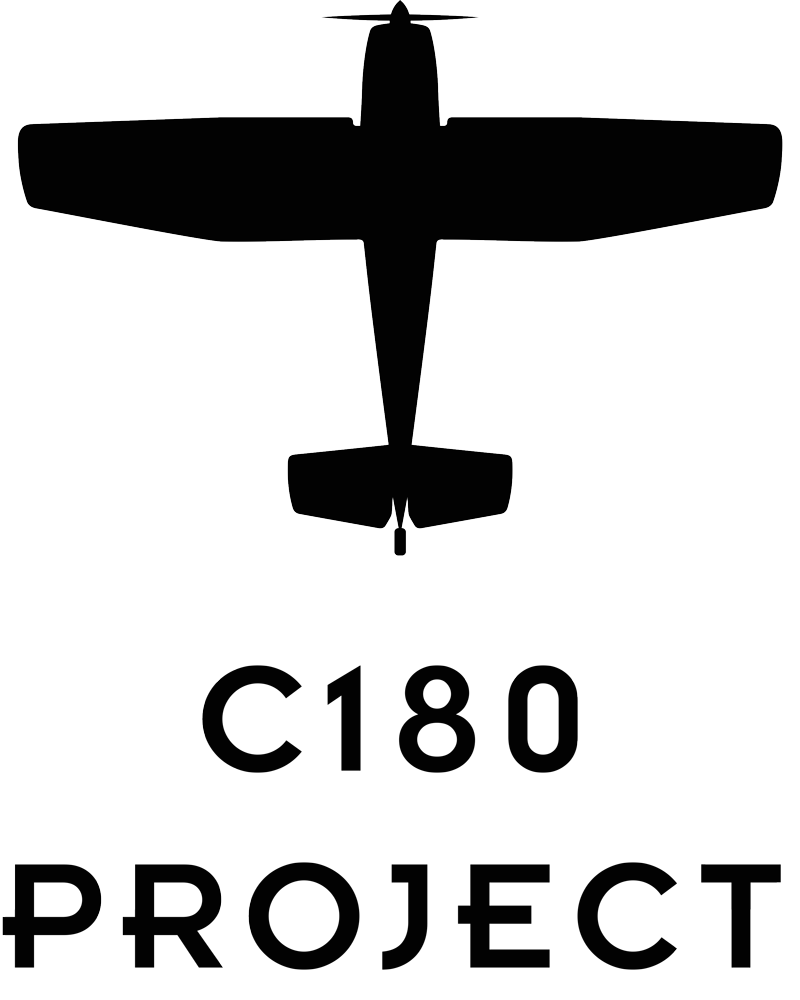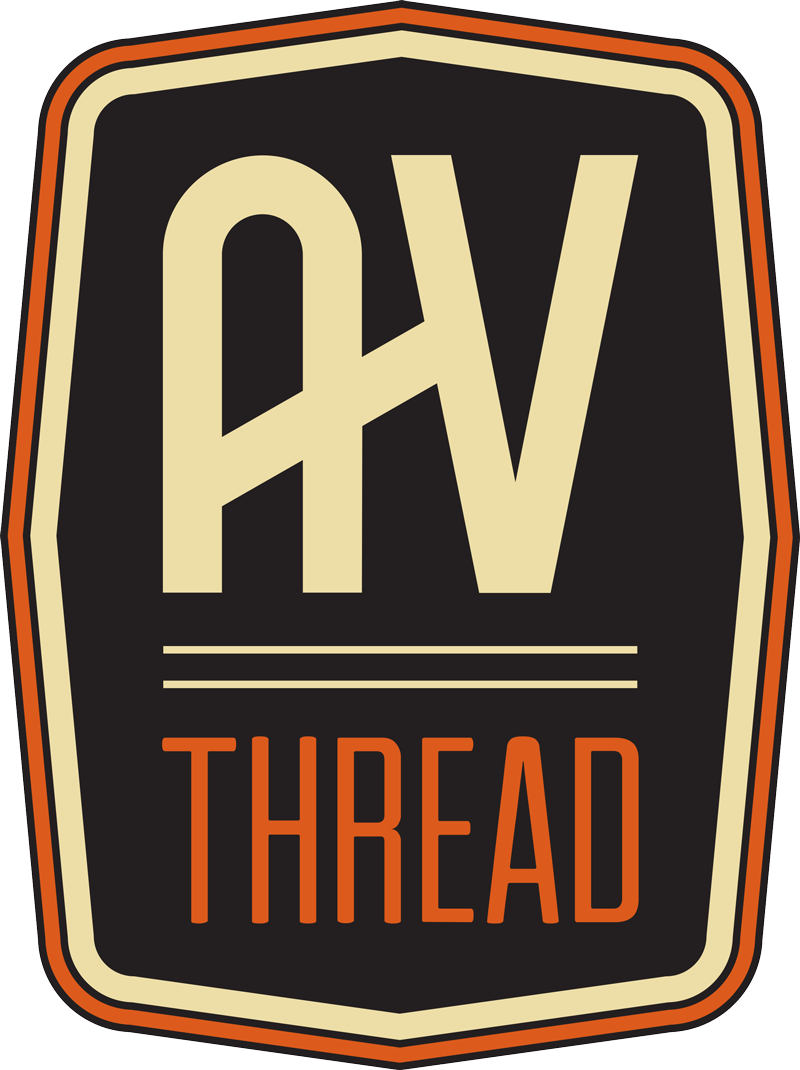“Book Is Book” & Cessna Rigging
January 9, 2019
Note: There is a fantastic article on rigging with the Cessna Pilots Association. It can be accessed with membership to the association and is worth the cost of membership alone! What I am saying below was partially derived from this article. Tech Note No. 014 by John Frank & Steve Ells. https://cessna.org/
I had mentioned the concept of “Book is Book” on a post on BCP the other day with reference to Cessna speeds, which I thought I would elaborate on.
My experience is fairly deep, but not very wide, so my thoughts are generally centered around the Cessna 100 series (170s, 180s, 182s, and 185s.)
What I was referring to is the concept that a Cessna “should,” in a perfect world do what the engineers say it should do. If it doesn’t, you should try to figure out what is keeping it from this. A question was asked if the book at a certain setting and alt was 158mph, and a bird was doing 144mph, is this indicative of a problem? Of course the answer is, it depends…
First thing to keep in mind is that the “book” is an ideal number. This was most likely done on one really light “test” bird, on a prefect day. There are also installation errors to take into consideration like pitot interference, airspeed indicator accuracy, or a non level TB, so go into this with that understanding.
By no means is this an exact science, but the concept really comes down to do the speeds make sense. This is a critical thinking exercise.
There are a bunch of things that can slow a bird down, but we can break it down into five categories:
1) CG
2) Mods (like tires, antennas, ski fittings, etc etc etc.)
3) Age (tired motor, and to a lesser extent prop, or a different prop from “book”
4) Poor rigging
5) Damage
If you’re slow, you want to be able to reasonably point to the offending item. If not, don’t just be a passenger, do some digging.
(this is a quick rundown of my process, and I may be missing some stuff. Never the less…)
When I do a survey on a Cessna, the very first thing I do is a walk around. You can tell a TON about how it will fly based on how the presentation of the rigging is. Are the flaps sucked up where they should be? Do the ailerons match up with flaps? Where are the eccentrics set? Where is the rudder set? Are there any trim tabs on control surfaces?
I will also want to know about past damage. Fact is that ALL of these old birds have been prung to one extent or another. The question is how bad, and is it disclosed. I can’t tell you how many times I have talked to a seller on the phone who swears there is no damage Hx… I make the trip out to wherever the bird is only to point out evidence of one, two or even three past wrecks. If you know what to look for, you can find the fingerprints.
Not always true, but it is my experience that damage in the log usually translates into an ok flying bird, and damage not disclosed tends to present in a poor flying bird.
The next thing to do is see how it feels in flight. How fast, how slow, handling, heavy wing, etc… If she is flies nice and straight and is relatively close to book, then I move on. If there is a heavy wing, I know she has damage or needs a good rig. If she is slowish, I want to start finding out why.
Once back on the ground and armed with the feedback from the flight, I can start digging.
It’s important to get the bird on scales. For the most part, I have found that owners don’t want to know the true weight. We can debate this elsewhere, but from where I sit, the only one they are cheating is themselves. Most paperweights are wrong, very often over 100lbs wrong. The worst I have found was 400lbs wrong. Poor guy lost 400+ lbs in useful in an hour. (reason to do a good survey before you buy!) Aft CG is dangerous, but is fast. Most of these birds we are now all building have a FWD CG and this will slow us down… CG management is critical. On my bird, I went ahead and installed the later model tail spring and ABW tail head for CG management. The delta between the earlier parts and later parts is 4 lbs. At Sta. 262, this moved my CG in a better place and will give me a couple of tics on the AS indicator.
If you know you have good ## and CG data, the place to start is measuring the bird by doing a symmetry test. This consists of left to right, fore and aft. Digital level on the seat tracks gives you your baseline, and from there, measure the spars and then the horizontal stab and vertical to see if they are even.
Next, you want to do an airframe/wing alignment test. There is a rivet on the trailing edge of each wing, and a center rivet in the tail. You want to measure the distance between the two on the L and R to see if they are even. You also want to do this to the nose, and then from the outboard wing to the deck. This info gives you a clue as to if the bird is “square” or not.
Next, you should do an engine alignment test. Some engines are installed level to the fuselage, and some a nose down cant. Its important to see if the angle is where it is supposed to be.
Lastly, you want to measure the wing twist, or “washout.” This is done using a tool (you can easily make one) and a digital level. There are three spots to measure. Sta 39, Sta. 100.5, and Sta. 207. In a nutshell, the wings need to be parallel. The twist starts the strut (Sta 100) and should be 3 degrees.
Note: If your bird is prung, then the usual choice is learn to live with it or sell it. Some stuff can be fixed, but most damage that we find tends to be too expensive to address. This is always really bad news for an owner. They usually have bought the bird of their dreams and have already spent way too much in mods so the thought of selling is unthinkable. This again is why it is critical to have someone who really knows what they are looking for to help with a survey before you get in too deep.
Once you have ascertained the bird is perfect (wink) you move on to the rigging.
In my experience, I have found that most mechanics don’t know how to properly rig an airplane. Im not sure this is because they just don’t know how to do it, or because it takes so damn long (two day process…) but regardless, rigging is EVERYTHING!
In short, best thing to do is not to try to correct deficiencies bit by bit, but to take it back to stock. This is where most of the SNAFUs begin. A pilot comes in and complains of a heavy wing. His mechanic decides to droop a flap and let him go on his way. He might have helped the wing heaviness, but all he has really done is to induce drag. Wrong idea…
Cessna calls the procedure out clearly in the book. Eccentrics have a starting point. Flaps rods have a required length. Ailerons have a starting point. Bring the bird back to “stock,” and then go fly. If you have a heavy wing, try to work it out with the eccentric. If this doesn’t work, then there is something larger going on (damage.)
This said, we need to be realistic. These birds are old, and we know they have all suffered damage. If we cant get a bird to fly right with the eccentrics alone, then we may be forced to try other “cheats” due to the simple fact that rebuilding a wing may be just crazy talk. This is not wrong, just not perfect, and the perfect bird is a unicorn.
At any rate, I hope this is helpful. Bottom line is that it is ok if you are flying a slow bird… You just should know/understand why it is doing what it is doing. And, if a little elbow grease and attention to detail can pick you up 4 or 5 mph, than its worth it.
Side note, I first did this on my own Skywagon. It was apparently rigged by drunks, because I picked up a whopping 11 mph.
If anyone needs help or advice on this, or is interested in a good aircraft survey, feel free to shoot me an eMail.















